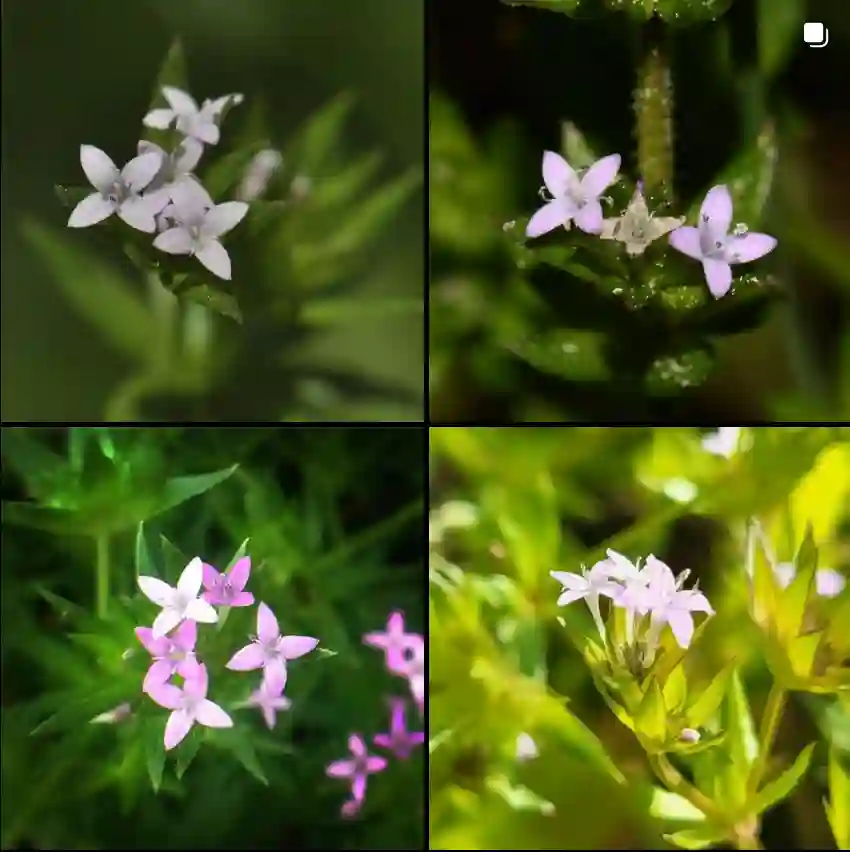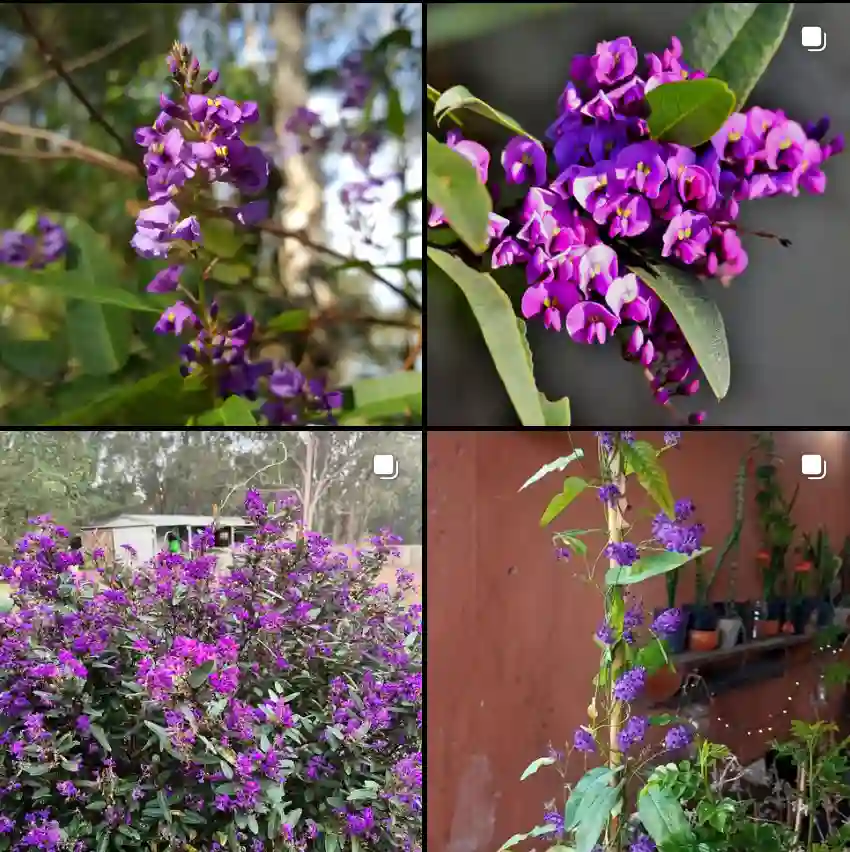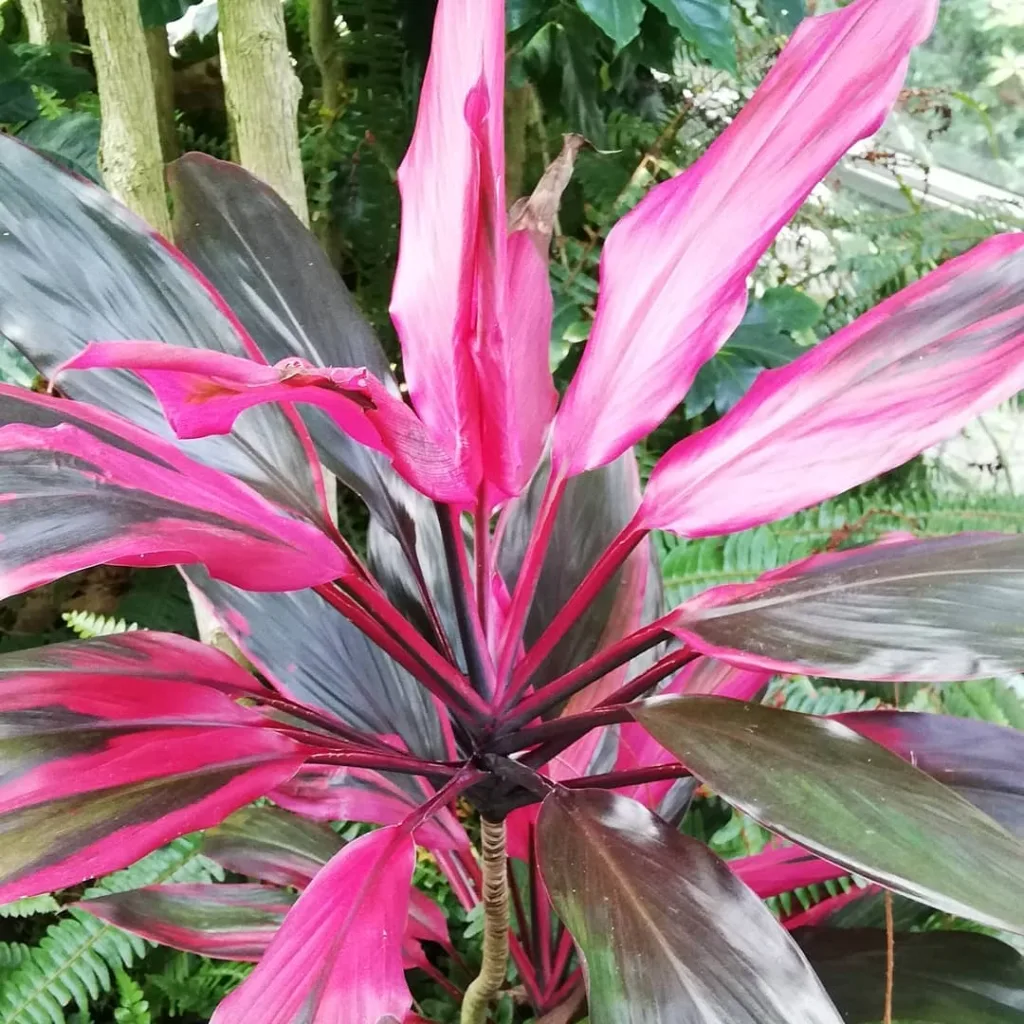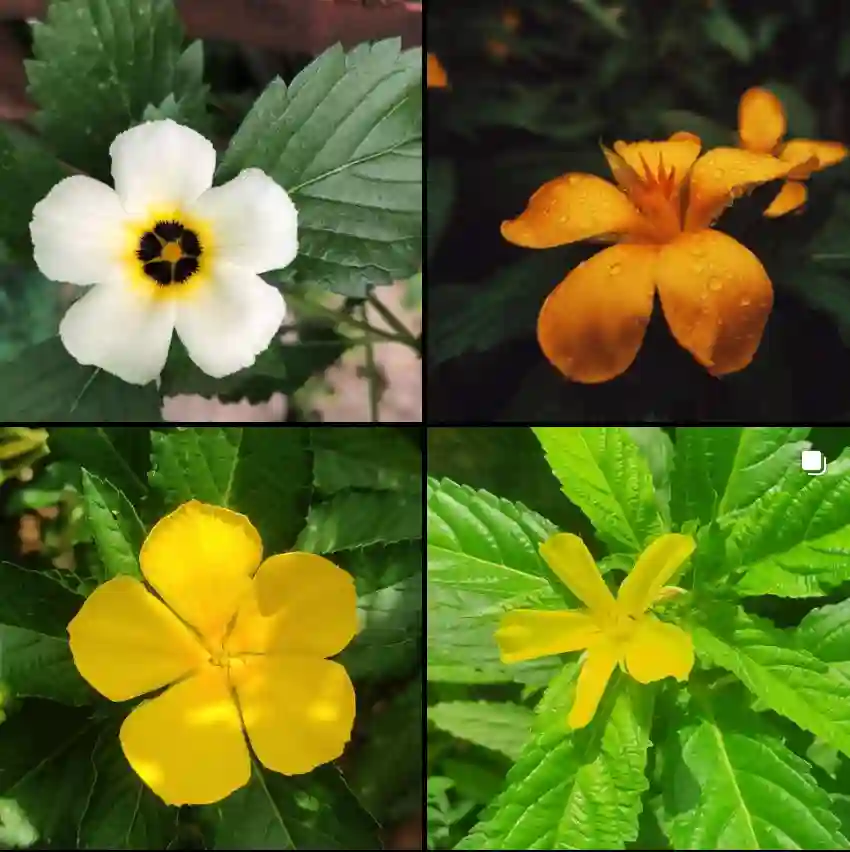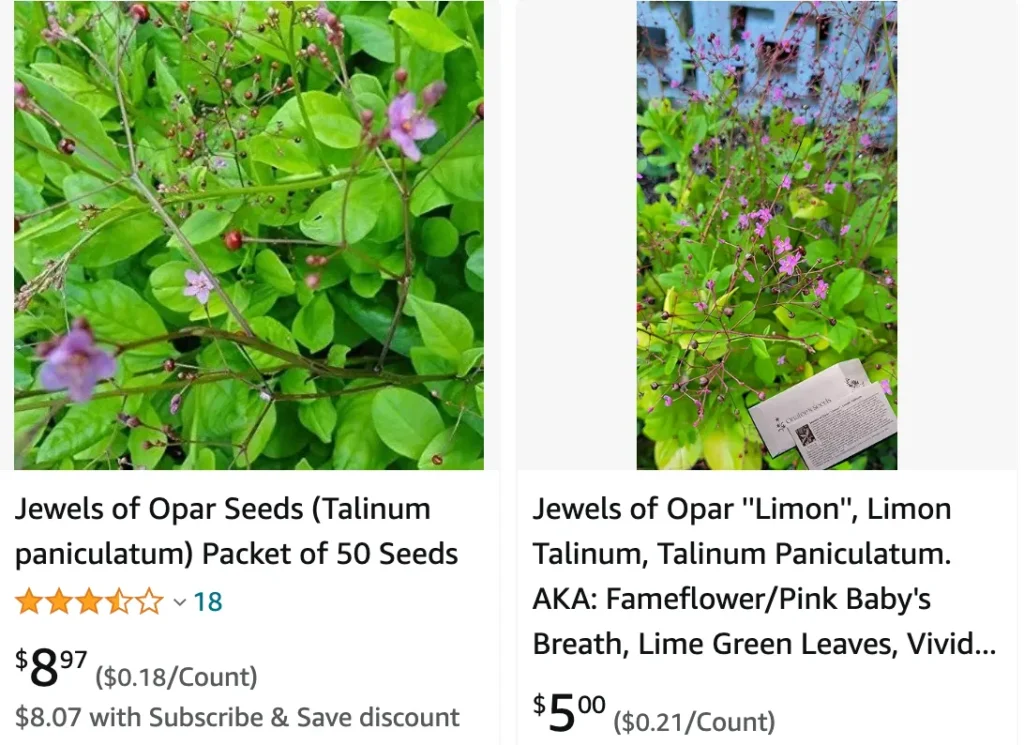
Jewels of My Garden: The Enchanting Talinum paniculatum Limon
Few plants bring as much joy to my garden as Talinum paniculatum Limon. This enchanting little succulent, also known as Jewels of Opar, boasts vibrant yellow blooms that resemble miniature fireworks against its emerald green foliage. But Talinum paniculatum Limon is more than just a pretty face; it’s surprisingly resilient, thrives in neglect, and offers a pop of color throughout the summer.
27 Species in Genus Talinum
What is Talinum paniculatum Limon?
Talinum paniculatum Limon is a cultivar of the Talinum paniculatum species, a succulent native to North and South America and the Caribbean. This particular variety, Limon, stands out with its bright yellow flowers, a cheerful contrast to the typical pink blooms of the species.
How to Care for Talinum paniculatum Limon?
Talinum paniculatum Limon is a dream for gardeners who crave low-maintenance beauty. Here’s what this little champion needs to flourish:
- Sunlight: Limon thrives in full sun, but will tolerate some afternoon shade in hotter climates.
- Water: This succulent thrives on neglect when it comes to watering. Allow the soil to dry completely between waterings.
- Soil: Limon prefers well-draining soil. Amending your existing soil with sand or perlite will ensure proper drainage.
- Fertilizer: Feeding Limon is not necessary, but a light application of balanced fertilizer once a month during the growing season can encourage extra blooms.
How to Propagate Talinum paniculatum Limon?
Sharing the joy of Limon is easy! Here are two simple propagation methods:
- Seed: Sow seeds directly outdoors after the danger of frost has passed. Germination typically takes 7-14 days.
- Stem Cuttings: Take stem cuttings in early summer. Allow the cut end to callous over for a day or two before planting in well-draining soil.
What to Plant with Talinum paniculatum Limon?
Limon’s bright yellow blooms pair beautifully with a variety of plants. Here are a few suggestions:
- Purple Flowers: Salvia, Lavender, Verbena
- Blue Flowers: Catmint, Lobelia, Russian Sage
- Silver Foliage: Dusty Miller, Lamb’s Ear, Lavender
Should You Deadhead Talinum paniculatum Limon?
Deadheading, or removing spent flowers, can encourage additional blooming in many plants. However, with Limon, the decision is a personal one.
- For More Blooms: Deadheading will encourage the plant to focus its energy on producing new flowers rather than setting seed.
- For a Fuller Look: Leaving the spent flowers on the plant allows them to develop seed heads, which can add a unique textural element to your garden.
Ultimately, the choice is yours! Experiment and see which approach you prefer for your Limon.
Beyond Beauty: The Culinary Delights of Talinum paniculatum
Limon isn’t just a feast for the eyes! The young leaves and stems of Talinum paniculatum are edible and have a slightly sour, refreshing flavor.
- Harvesting: Pick young, tender leaves and stems throughout the growing season.
- Culinary Uses: Enjoy Limon leaves and stems raw in salads, stir-fries, or sandwiches. They can also be lightly steamed or sauteed for a cooked vegetable option.
A Final Note: The Magic of Talinum paniculatum Limon
Limon is a plant that keeps on giving. Its low-maintenance nature, vibrant blooms, and surprising culinary value make it a true gem for any garden. So, if you’re looking for a plant that adds a touch of sunshine and versatility to your outdoor space, look no further than the captivating Talinum paniculatum Limon.
If i die, water my plants!
